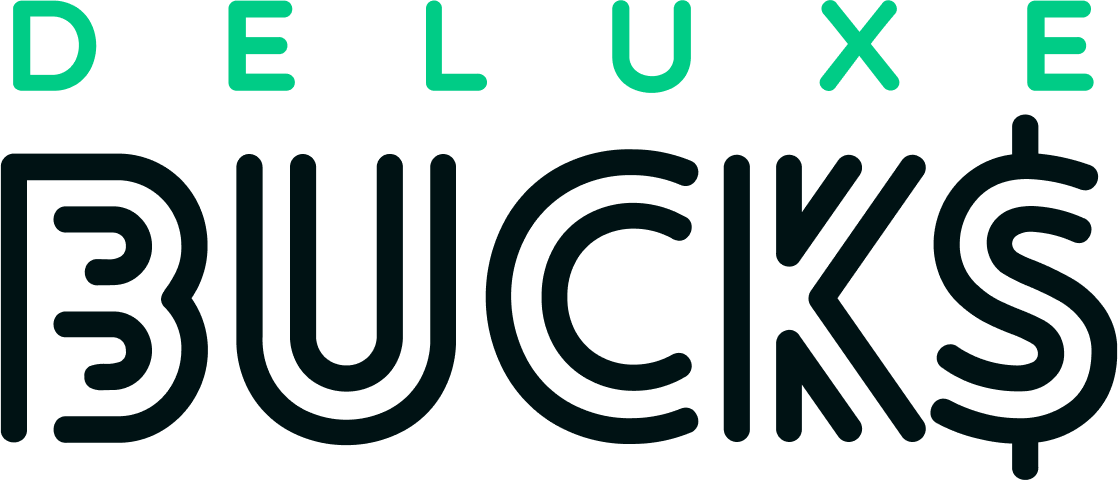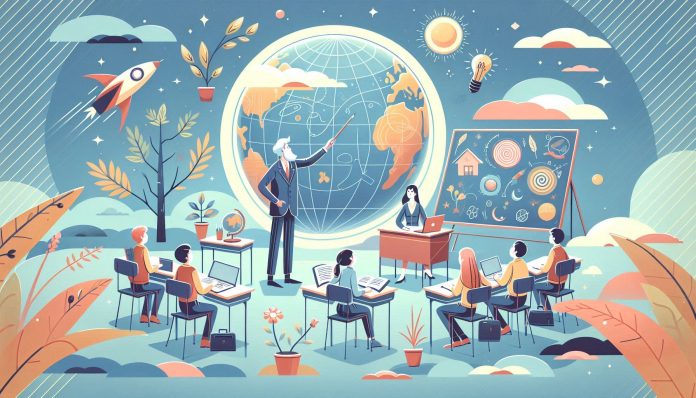Teaching Methods: Traditional and Modern Approaches
Teaching methods have evolved significantly over the years, reflecting changes in society, technology, and our understanding of how students learn best. This article explores the traditional and modern approaches to teaching, highlighting their characteristics, benefits, and challenges.
Traditional Teaching Methods
Definition and Characteristics
Traditional teaching methods are often characterized by a teacher-centered approach, where the teacher is the primary source of knowledge and authority in the classroom.
Lecture-Based Learning
One of the most common traditional methods is lecture-based learning, where teachers deliver content through verbal instruction, and students passively receive information.
Rote Memorization
Rote memorization involves students learning through repetition, often without understanding the underlying concepts. This method is frequently used for subjects requiring factual recall.
Teacher-Centered Approach
In a teacher-centered classroom, the teacher directs all activities, and students are expected to follow instructions and absorb information.
Pros and Cons
Pros:
- Structured and organized
- Efficient for covering large amounts of material
- Clear expectations and guidelines
Cons:
- Limited student engagement
- Does not cater to different learning styles
- Can stifle creativity and critical thinking
Modern Teaching Methods
Definition and Characteristics
Modern teaching methods emphasize a student-centered approach, focusing on active learning, collaboration, and the integration of technology.
Student-Centered Learning
In student-centered learning, students take an active role in their education, engaging in activities that promote critical thinking and problem-solving.
Collaborative Learning
Collaborative learning involves students working together in groups to achieve common goals, fostering teamwork and communication skills.
Technology Integration
Modern classrooms often incorporate technology, such as computers, tablets, and interactive whiteboards, to enhance learning experiences and provide access to a wealth of resources.
Inquiry-Based Learning
Inquiry-based learning encourages students to ask questions, conduct research, and explore topics in depth, promoting a deeper understanding of the material.
Pros and Cons
Pros:
- Engages students actively
- Encourages critical thinking and creativity
- Adapts to different learning styles
Cons:
- Requires more preparation and resources
- Can be challenging to manage in large classes
- May not cover as much material as traditional methods
Comparative Analysis
Differences Between Traditional and Modern Methods
Traditional methods are more structured and teacher-directed, while modern methods are flexible and student-centered.
Effectiveness in Different Learning Environments
Traditional methods may be more effective in environments where discipline and structure are paramount, whereas modern methods thrive in settings that encourage exploration and collaboration.
Impact on Student Engagement and Outcomes
Modern methods generally lead to higher student engagement and better learning outcomes, as they cater to diverse learning styles and promote active participation.
Case Studies
Examples of Traditional Methods in Practice
In many schools, traditional methods are still used for subjects like mathematics and history, where factual knowledge and structured learning are essential.
Examples of Modern Methods in Practice
Modern methods are often seen in subjects like science and language arts, where inquiry and collaboration can enhance understanding and creativity.
Challenges and Considerations
Adapting to Modern Methods
Teachers may face challenges in adapting to modern methods, including the need for professional development and access to resources.
Balancing Traditional and Modern Approaches
A balanced approach, incorporating both traditional and modern methods, can provide a comprehensive education that meets diverse student needs.
Teacher Training and Development
Ongoing teacher training is crucial for successfully implementing modern teaching methods and ensuring that educators are equipped to handle new technologies and pedagogical strategies.
Future of Teaching Methods
Trends in Education
Current trends in education point towards increased use of technology, personalized learning, and a focus on developing critical thinking skills.
Potential Developments in Teaching Methods
Future developments may include more immersive learning experiences, such as virtual reality, and greater emphasis on interdisciplinary learning.
Role of Technology in Future Education
Technology will likely play a central role in future education, providing new tools and platforms for learning and collaboration.
Conclusion
The evolution of teaching methods reflects our growing understanding of how students learn best. While traditional methods have their place, modern approaches offer exciting opportunities for engaging and effective education. By balancing both, educators can create dynamic and inclusive learning environments.
FAQs
What are the main differences between traditional and modern teaching methods? Traditional methods are teacher-centered and structured, while modern methods are student-centered and flexible.
How does technology impact modern teaching methods? Technology enhances modern teaching methods by providing access to resources, facilitating collaboration, and enabling interactive learning experiences.
Can traditional and modern teaching methods be combined? Yes, combining both methods can provide a balanced and comprehensive education that caters to diverse learning needs.
What are the benefits of student-centered learning? Student-centered learning promotes engagement, critical thinking, creativity, and adapts to different learning styles.
How can teachers transition from traditional to modern teaching methods? Teachers can transition by seeking professional development, utilizing available resources, and gradually incorporating modern techniques into their teaching.


